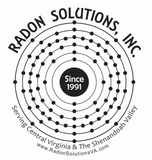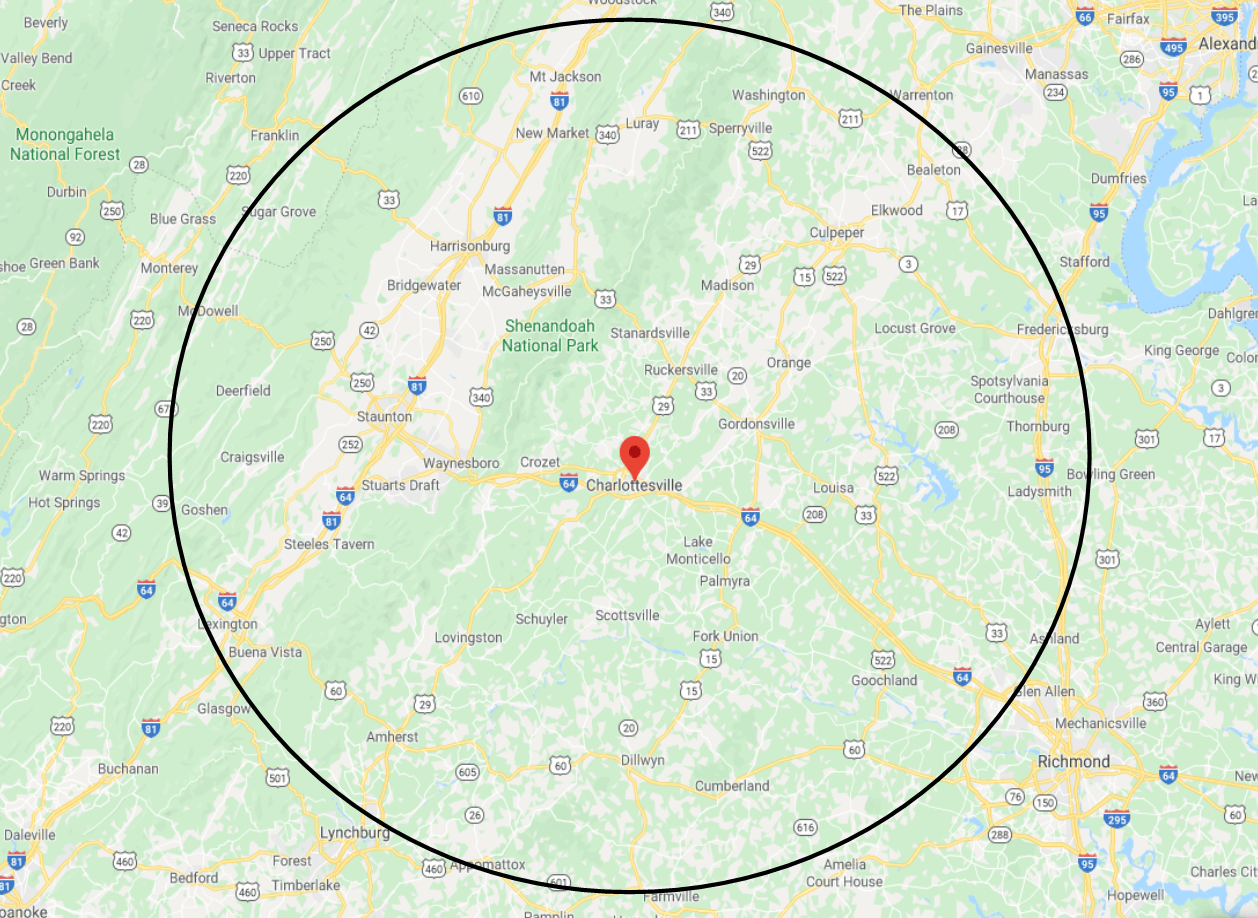Common Questions Asked
- Question: When I bought my house and had the radon checked, the levels were below the action level. I am selling my house now, and the inspection revealed elevated levels. Why?
There are a lot of factors that control the way radon gas can move through the soil and into homes; seasons of the year, the level of the water table, geological events such as earthquakes; and extreme weather events such as high winds for an extended period, strong-severe thunderstorms, and very Heavy rainfall. The EPA recommends that all homes be retested every 2 years due to these factors.
- Question: I do not have a basement; do I need to have my radon level tested?
Yes, all houses can have elevated levels of radon gas which includes houses built on a crawl space, slab on grade construction, basements, and homes with combined types of foundations.
- Question: How does the radon get into my home?
Most houses are built in a manner that causes them to operate under a negative pressure or a vacuum. Because we insulate and seal our homes to make them energy-efficient, the major source of make-up air comes through the foundation. Because the negative pressure is the driving force bringing the radon in, it is almost impossible to seal the radon out. The installation of a sub-slab, or sub-membrane suction system creates a negative pressure under the slab or crawl space membrane that is stronger than the suction created by the house, preventing most of the radon from getting in.
- Question: How much does it cost to run the radon fan?
Most systems cost about $50-$75 per year to operate. This cost is usually offset by saving energy on air conditioning costs and the cost of operating freestanding dehumidifiers. Radon systems not only reduce radon gas coming into the home but also reduce the amount of high humidity unconditioned air that comes in through the foundation.
- Question: How much does a radon system cost?
Most systems cost between $1,000-$1,750 except houses that have crawl space areas under them with unsealed or missing vapor barriers. Crawl space areas in most cases require the installation of an airtight membrane to be installed to draw the radon out. With newer building standards, some new homes have the mitigation piping installed during construction, and if they test high, they only need the addition of the fan to activate the system. The typical cost for this is around $500-$750 depending on the retest.
Submit Your Own Question
Contact Us
We will get back to you as soon as possible.
Please try again later.




